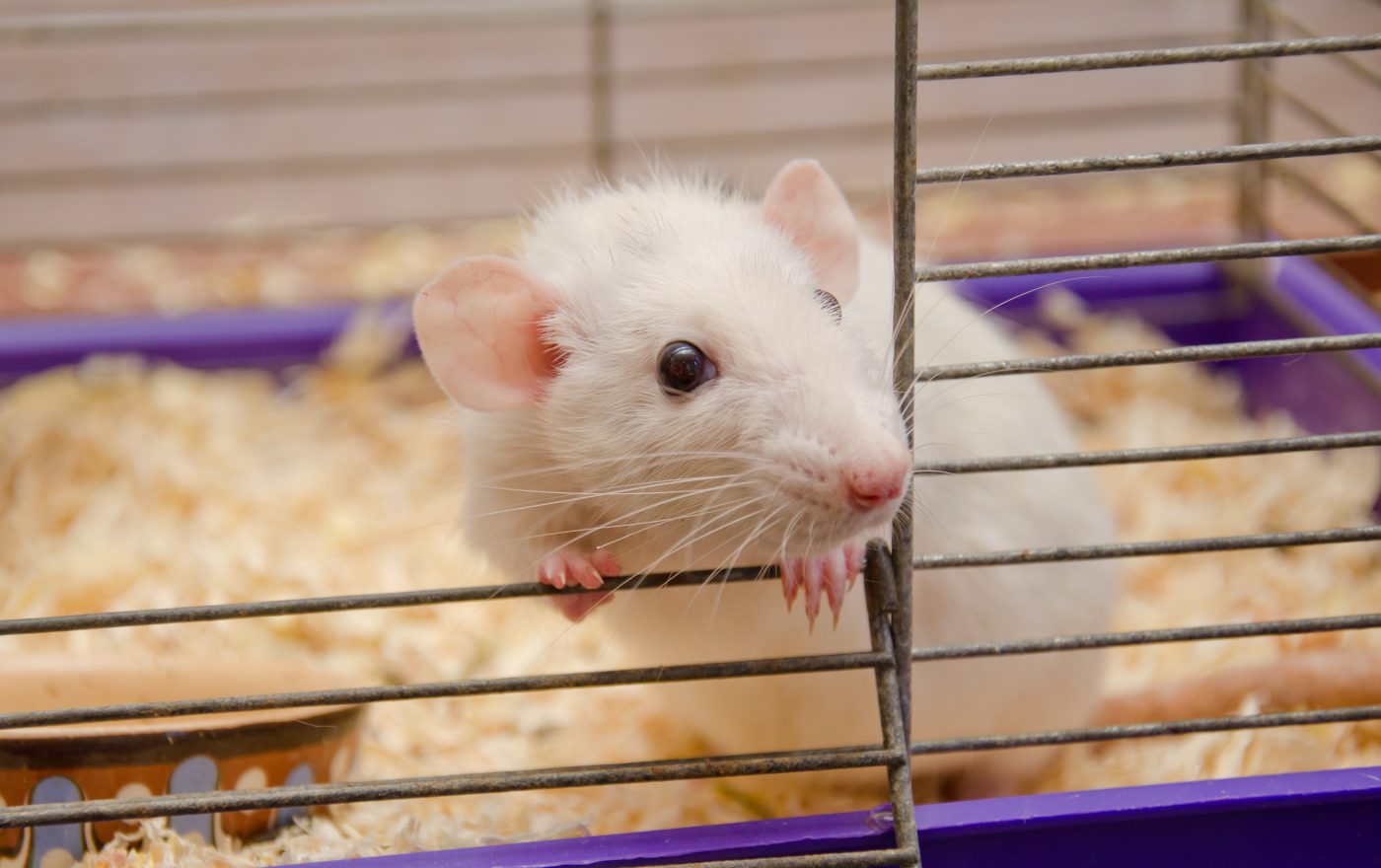Enzo’s SK1‑I Eases SLE-associated Immune and Inflammatory Responses in Mouse Model, Study Shows

Enzo Biochem’s investigational compound SK1‑I lessened autoimmune and inflammatory responses, including in the kidney, in a mouse model of systemic lupus erythematosus lupus (SLE).
SK1-I was beneficial when given to mice not only before but also after disease onset, providing evidence that it may be a potential effective therapy for people with SLE, the investigators said.
“The promising results shown by SK1-I, Enzo’s sphingosine kinase 1 inhibitor drug candidate, in this preclinical model of lupus further confirms its potential for the treatment of autoimmune diseases where, in addition to Lupus, SK1-I has already shown activity in animal models of autoimmune hepatitis and ulcerative colitis,” Enzo CEO Elazar Rabbani, PhD, said in a press release.
The study, “Regulatory role of SphK1 in TLR7/9‐dependent type I interferon response and autoimmunity,” was published in the FASEB Journal.
SLE, like other autoimmune diseases, is caused by the abnormal recognition of the body’s own proteins or cells as foreign. This results in the production of autoantibodies and immune responses against one’s own tissues, ultimately leading to tissue and organ damage.
Lupus nephritis is a common complication of SLE in which the filtrating units of the kidneys become inflamed (glomerulonephritis) and may result in kidney failure.
Plasmacytoid dendritic cells (pDCs) are immune cells that produce large amounts of type I interferon (IFN-I), an inflammatory molecule with a primary role in SLE disease activity and progression. These cells migrate from the blood to affected tissues, where they promote inflammation and tissue damage.
“The importance of pDCs in the early stages of the disease has been identified, where an early depletion of pDCs alleviates autoimmunity and affects the maturation and distribution of pDCs in a mouse model of SLE prior to the clinical onset of the disease,” the researchers wrote.
Studies have suggested that activating the cell membrane receptor of sphingosine 1-phosphate (S1P) in pDCs suppresses IFN responses. Produced by two enzymes called sphingosine kinase 1 and 2 (SK1 and SK2), S1P is a signaling molecule involved in cancer progression and inflammatory responses.
The researchers studied the potential role of SK1/S1P signaling in the immune function of pDCs using Enzo’s SK1‑I, a compound that selectively blocks the activity of SK1.
They analyzed SK1-I’s effects in human pDCs grown in the lab and in a mouse model of SLE.
Results showed that although SK1 did not play a key role in pDCs’ development, it was essential for their activation and associated immune responses. Also, blocking SK1 in these cells significantly reduced the production of IFN-I and other pro-inflammatory molecules.
SLE-like disease was induced in mice through the administration of a compound called pristane. Treating mice with SK1‑I at the same time as pristane or 30 days after disease induction resulted in significantly less pDC activation, IFN-I responses, and glomerulonephritis.
The effects were similar to those observed after genetically deleting SK1 in the mouse model, confirming the benefits were associated with SK1 suppression. The researchers also found that both S1P and SK1 levels were significantly higher in the blood of SLE patients than in healthy controls.
“Given the efficacy demonstrated by SK1‑I in a preclinical animal model, and the elevation of [SK1] and [blood] S1P in murine models of SLE and in human patients, our data suggest that SK1‐I may warrant clinical evaluation as a potential treatment for SLE,” the researchers wrote.
“We have initiated toxicology work on this compound as a preclinical effort in support of our program,” said Rabbani, adding that the company is “exploring partnership approaches for the continued development of SK1‑I in this therapeutic area, with the intention of moving to human trials.”
SK1-I and associated compounds, as well as pharmaceutical uses of the products, are protected by U.S. patents co-owned by Enzo and Virginia Commonwealth University, and exclusively licensed by the university to Enzo.






